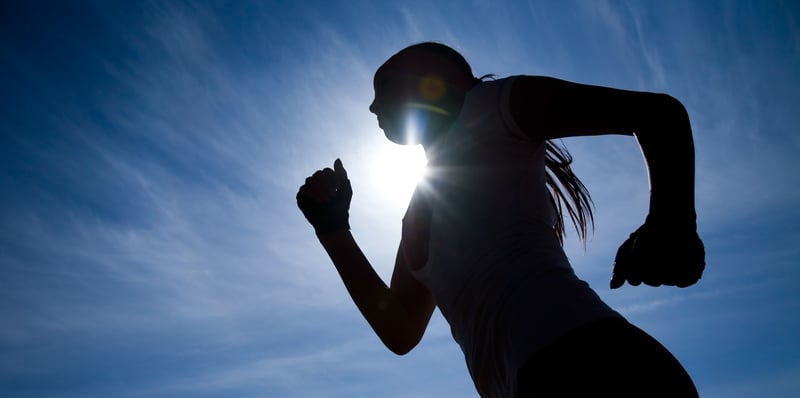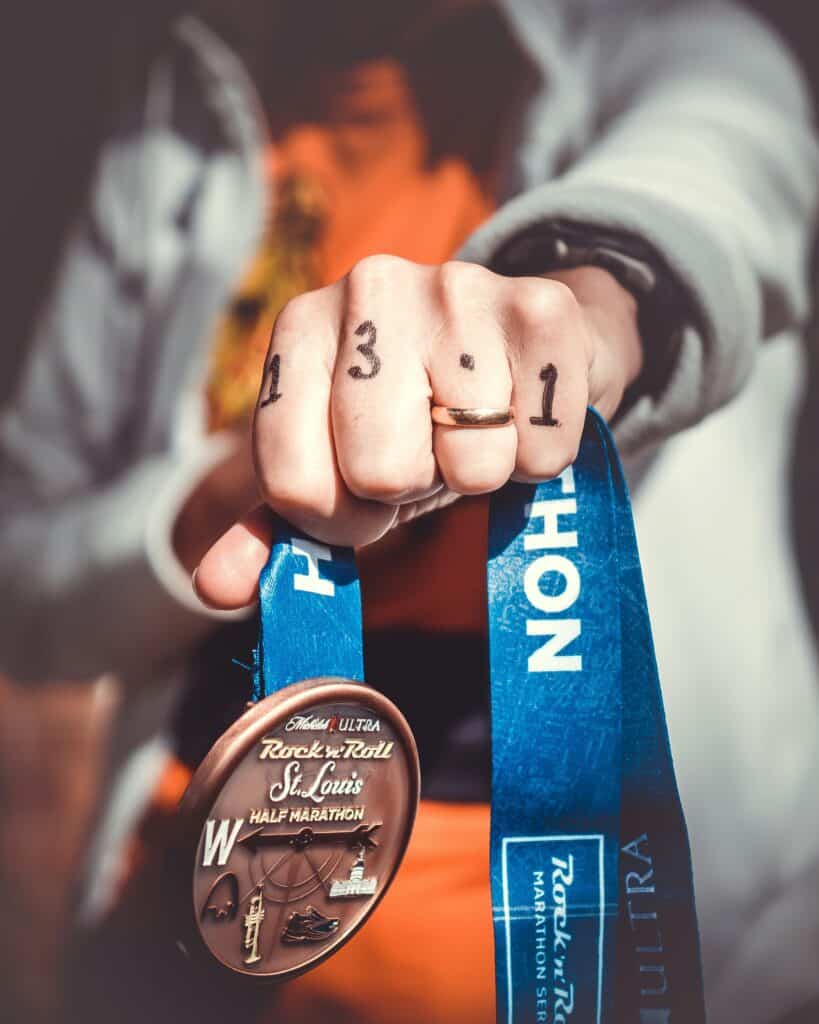
Training for a half marathon can be tough. One of the most important methods to stay focused is to keep a training log. Tracking your running is the best way to watch yourself improve.
Training logs allow you to look back at runs and races and see what has worked with your training and what didn’t.
For instance, if you are in a plateau and have had several disappointing races, you might be able to see what has changed. Or, if you have had several great runs, you can look back and see what has helped contribute to that.
Here’s what you need to track:
- Distance and mileage ran
- Pace
- Cross-training activities: Keeping a record of cross training activities allows you to look back and see why you were sore during individual runs.
- Did you run with people or alone? Sometimes, we run faster (or slower) with others; it’s important to track that.
- Route: Did you run on the treadmill? On pavement? A hilly route or flat? Even trails? Different surfaces make a huge difference in effort level, pace and how you felt.
More important factors
How you felt: Did you feel awesome and fast? Did you feel as if the run might never end? Keeping a record of how you felt is important. Sometimes I’ll just draw a smiley face if I felt good. As long as you understand, it doesn’t have to be anything technical.
Weather: Tracking weather is often overlooked. If it’s pouring rain, your pace will change versus an optimal and beautiful sunny day. The weather makes a huge difference in your training.
Sleep: Runners need more sleep because it’s necessary for recovery. If you get less sleep than usual, a run might feel harder.
Diet and nutrition: Did you recently try a new cuisine and then got sick during the run? Did you eat something that worked well during a run or try a new gel? Tracking diet daily isn’t critical, but if you do notice a trend in feeling good while running after certain foods, it might be a good idea to track it.
Similarly, if you have felt off or something didn’t sit well during a run, it’s important to track your diet.
Running shoes: Most people don’t realize but running shoes do have a lifespan. Tracking their mileage in your log is important. Maybe you’ve felt sluggish, or your feet are sorer. Tracking your shoe mileage allows you to look back and realize your shoe has a lot more mileage than it should.
Ways to track
Finally, there are many different methods to track your running. Here are some simple options:
- Pen and paper: Long before the digital age, many people used a simple pen and paper to track their training. Many runners still opt for the simplicity of training journal or notebook.
- Microsoft Excel: This is my personal favorite way to log runs. I prefer the privacy of logging runs on my computer and making notes only I can understand.
- Social websites: Social sites have become increasingly popular. Many people can connect with other runners of similar paces and skill levels or even training for the same race. A few websites include Strava, Dailymile or Garmin Connect.
- Blogging: Another way to track your runs and races is starting a blog. As someone who blogs, I enjoy how I can connect with other runners of similar interests. It allows you to connect with people worldwide versus in your immediate area.
There are many methods to record your training, but the most important is to find something that works and stick with it. Like running, consistency is the most important factor to logging your training.
Hollie Sick is a New Jersey-based runner and blogger who has completed nearly 30 half marathons. Learn more about Hollie at her blog, or follow her on Twitter.





